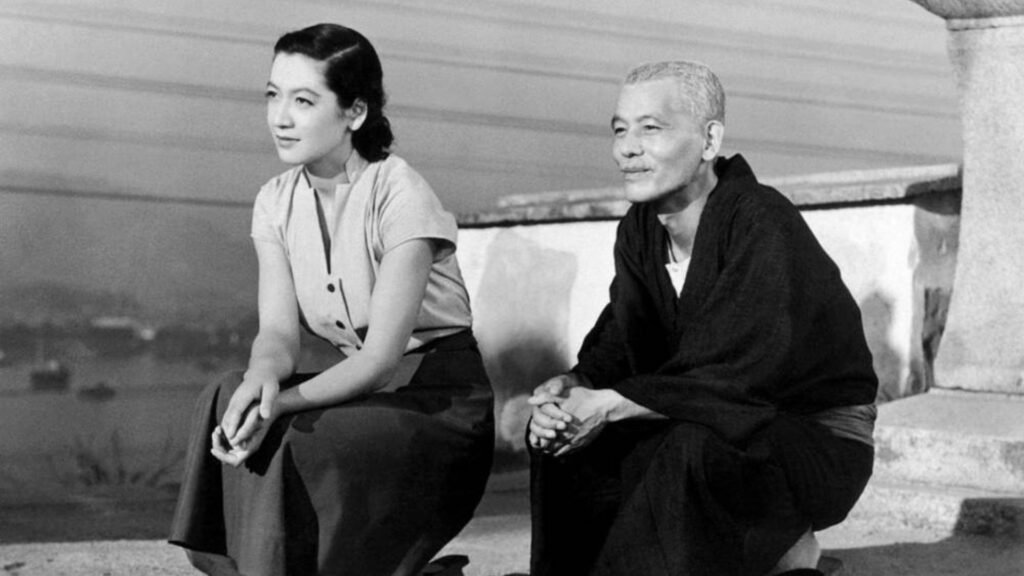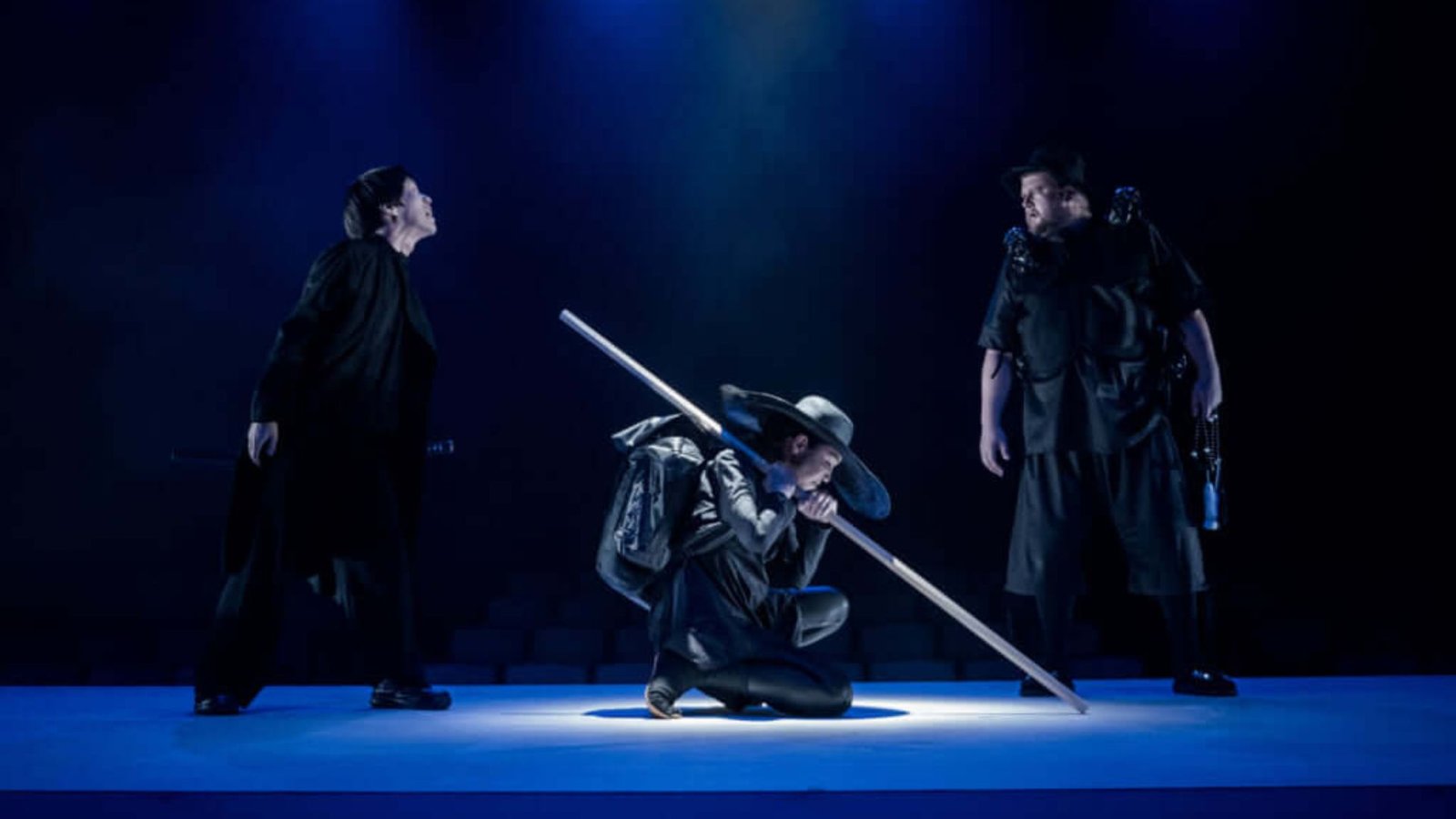The Evolution of Acting Styles in Japanese Cinema
The evolution of acting styles in Japanese cinema reflects the country’s rich cultural heritage and its response to both domestic and global influences. Japanese cinema has seen a dramatic shift from the traditional, stylized performances rooted in theater to more naturalistic and diverse acting techniques that resonate with modern audiences.

Early Influences: Kabuki and Noh Theater
In the early days of Japanese cinema, acting styles were heavily influenced by traditional Japanese theater, particularly Kabuki and Noh. These art forms are characterized by exaggerated expressions, precise movements, and a focus on conveying emotions through stylized gestures. Actors like Matsunosuke Onoe, a famous early film star, brought these theatrical techniques to the silver screen, creating a distinctly Japanese style of acting that was deeply connected to cultural traditions.
The Silent Film Era
During the silent film era, benshi narrators played a crucial role in shaping the audience’s understanding of the story and characters. Actors in silent films often relied on exaggerated facial expressions and body language to communicate emotions, much like in traditional theater. However, as film technology advanced, a shift toward more subtle and nuanced performances began to emerge.
Post-War Realism
After World War II, Japanese cinema experienced a significant transformation, driven by a desire to reflect the realities of contemporary life. Directors like Akira Kurosawa and Yasujirō Ozu championed a more naturalistic style of acting, focusing on the inner lives of characters rather than exaggerated external expressions. This period saw the rise of method acting in Japan, where actors like Toshiro Mifune and Setsuko Hara brought a raw intensity and emotional depth to their roles that had rarely been seen before in Japanese films.
The Influence of Western Cinema
The globalization of cinema in the latter half of the 20th century introduced Japanese actors and filmmakers to Western acting techniques. Hollywood’s influence led to a blend of traditional Japanese and Western styles, creating a hybrid approach that allowed actors to explore a wider range of emotions and storytelling methods. This period also saw the emergence of Japanese New Wave cinema, which pushed the boundaries of conventional acting and narrative styles.
Contemporary Acting Styles
Today, Japanese cinema is characterized by a diversity of acting styles, ranging from the hyper-realistic to the avant-garde. Contemporary actors like Rinko Kikuchi and Ken Watanabe have successfully navigated both domestic and international film industries, showcasing the adaptability and versatility of Japanese acting. The influence of global cinema continues to shape Japanese acting, with many actors now trained in various techniques, including method acting, improvisation, and more experimental approaches.
Conclusion
The evolution of acting styles in Japanese cinema is a testament to the dynamic interplay between tradition and modernity. From the theatrical roots of Kabuki and Noh to the naturalistic performances of the post-war era and the global influences of contemporary cinema, Japanese actors have continually adapted and evolved, contributing to the rich tapestry of global film history. This ongoing evolution ensures that Japanese cinema remains both a reflection of its cultural heritage and a vibrant part of the global cinematic landscape.



